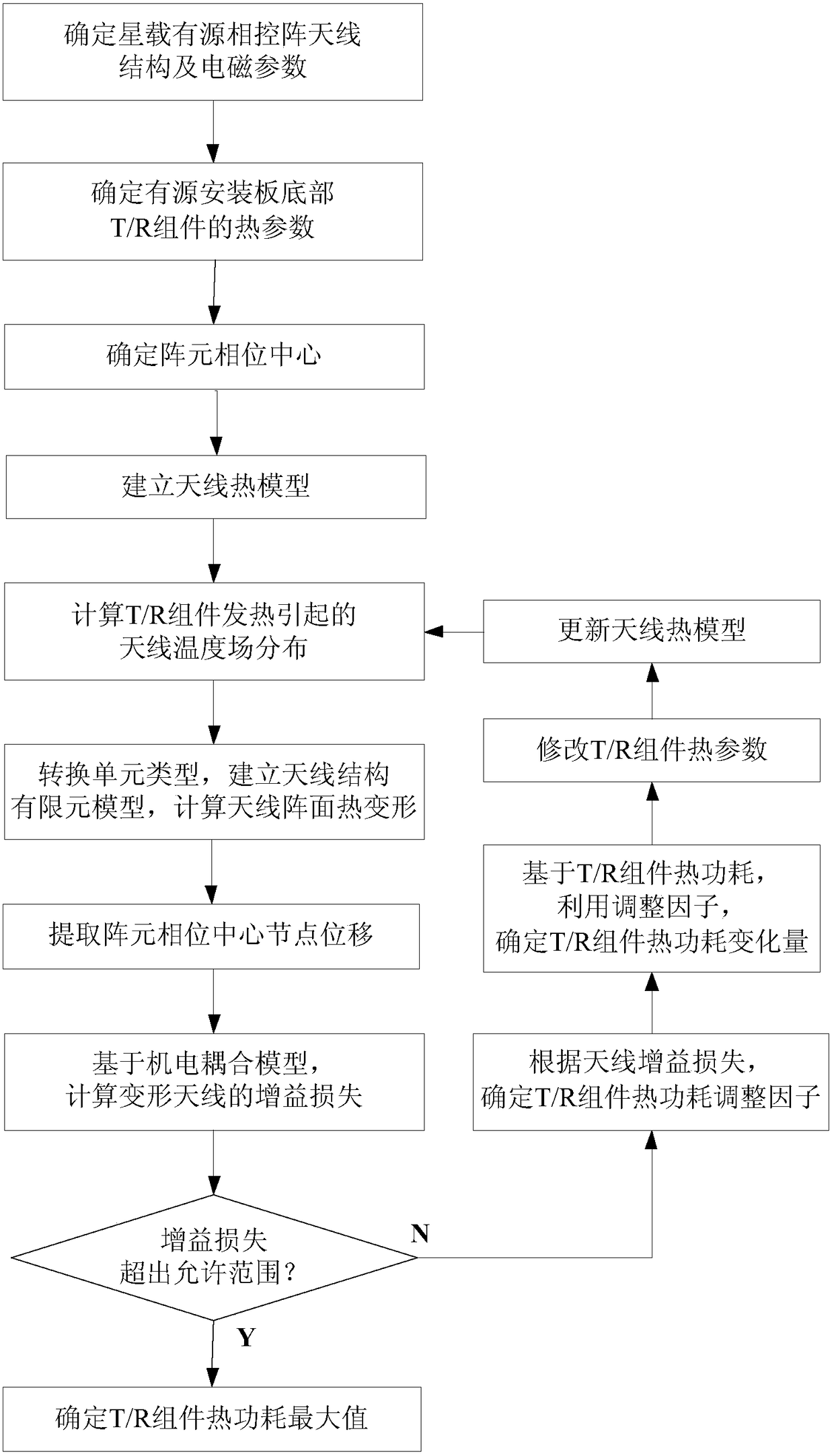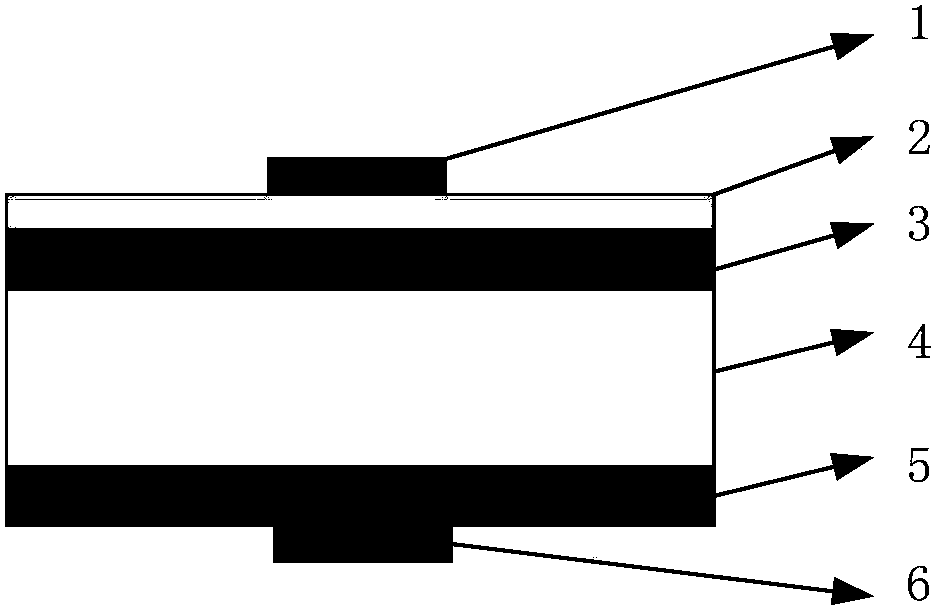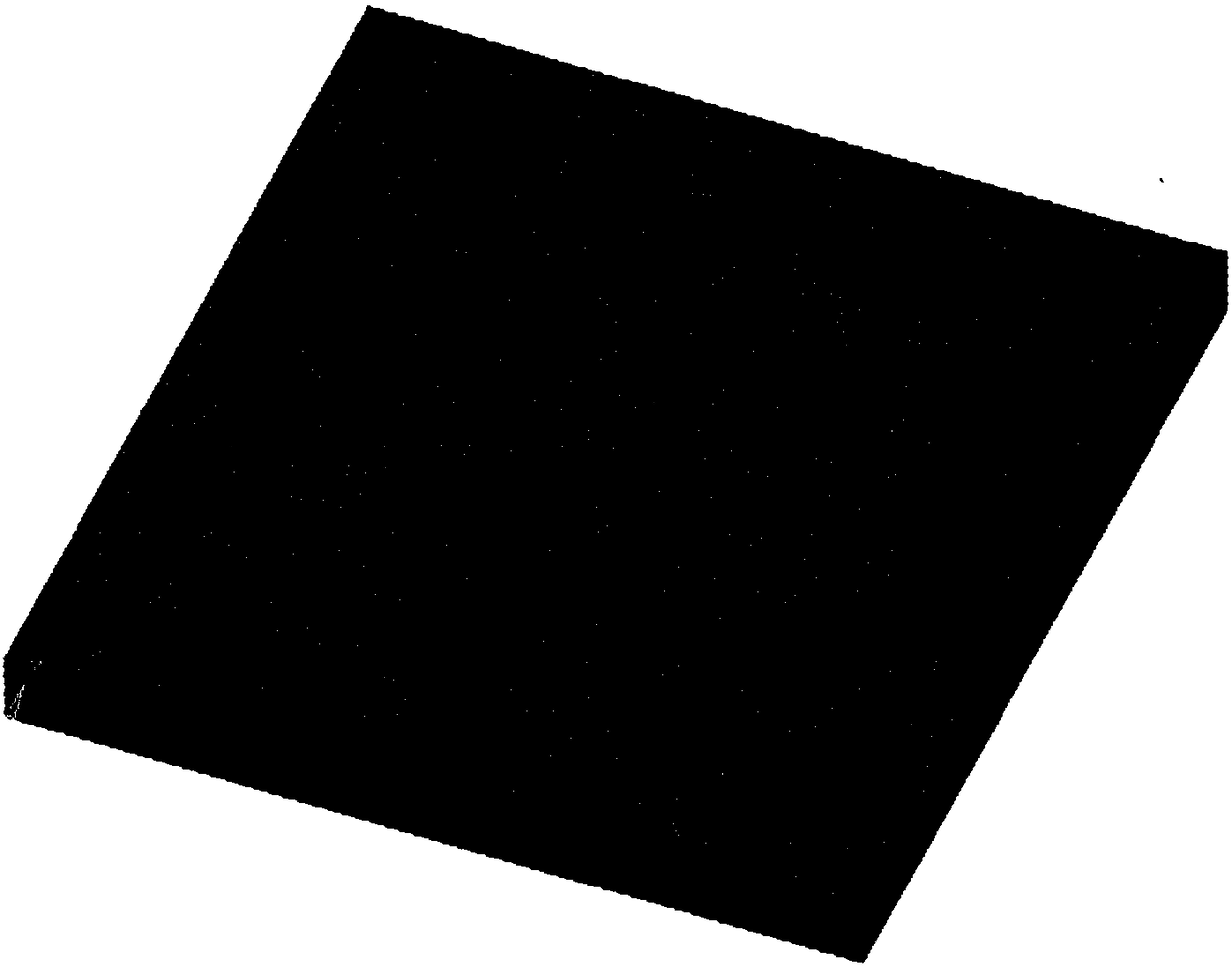Thermal Power Determination Method for Spaceborne Active Phased Array Antenna Components Based on Electromechanical Coupling
A phased array antenna, electromechanical coupling technology, applied in electrical digital data processing, instrumentation, design optimization/simulation, etc., can solve the time-consuming, cumbersome process, and cannot directly estimate the degree of influence of component thermal power consumption on electrical performance And other issues
- Summary
- Abstract
- Description
- Claims
- Application Information
AI Technical Summary
Problems solved by technology
Method used
Image
Examples
Embodiment Construction
[0071] Below in conjunction with accompanying drawing and embodiment the present invention will be further described
[0072] refer to figure 1 , the present invention is based on electromechanical coupling space-borne active phased array antenna component thermal power consumption determination method, the specific steps are as follows:
[0073] Step 1. Determine the structural parameters, material properties and electromagnetic parameters of the spaceborne active phased array antenna
[0074] See the geometric model of spaceborne active phased array antenna figure 2 As shown, the structural parameters of the spaceborne active phased array antenna include antenna unit 1, substrate 2, active mounting plate (aluminum honeycomb upper panel 3, aluminum honeycomb 4, aluminum honeycomb lower panel 5), heat source (T / R assembly 6) The length, width and height of the antenna, as well as the number of rows, columns and unit spacing of the antenna arrangement; material properties in...
PUM
 Login to View More
Login to View More Abstract
Description
Claims
Application Information
 Login to View More
Login to View More - R&D
- Intellectual Property
- Life Sciences
- Materials
- Tech Scout
- Unparalleled Data Quality
- Higher Quality Content
- 60% Fewer Hallucinations
Browse by: Latest US Patents, China's latest patents, Technical Efficacy Thesaurus, Application Domain, Technology Topic, Popular Technical Reports.
© 2025 PatSnap. All rights reserved.Legal|Privacy policy|Modern Slavery Act Transparency Statement|Sitemap|About US| Contact US: help@patsnap.com



